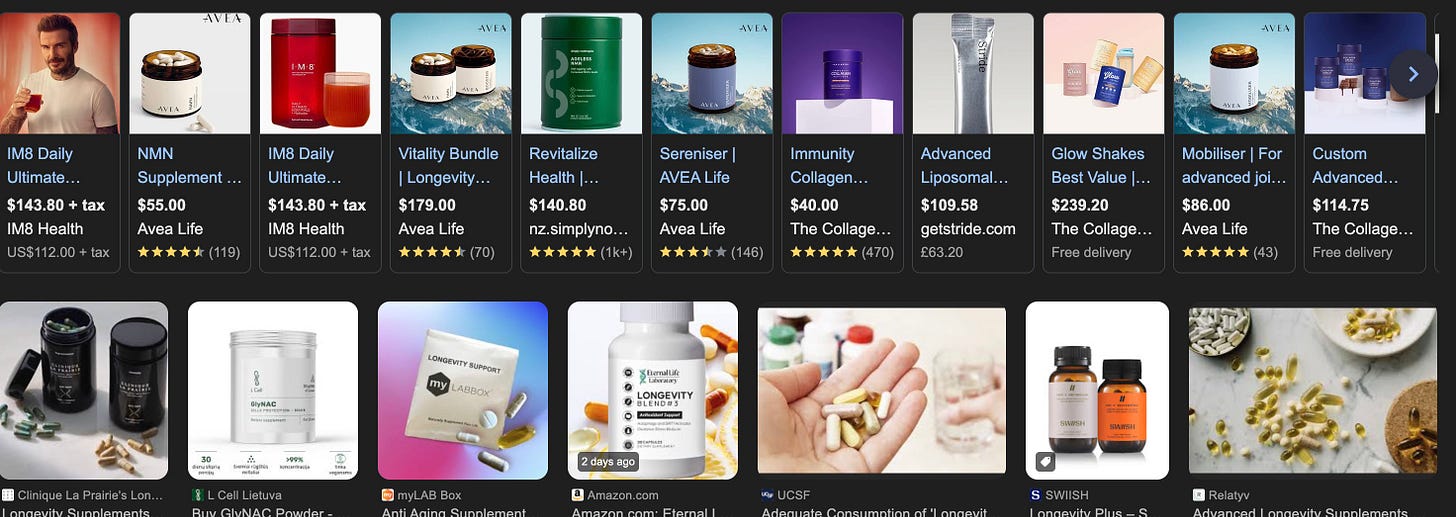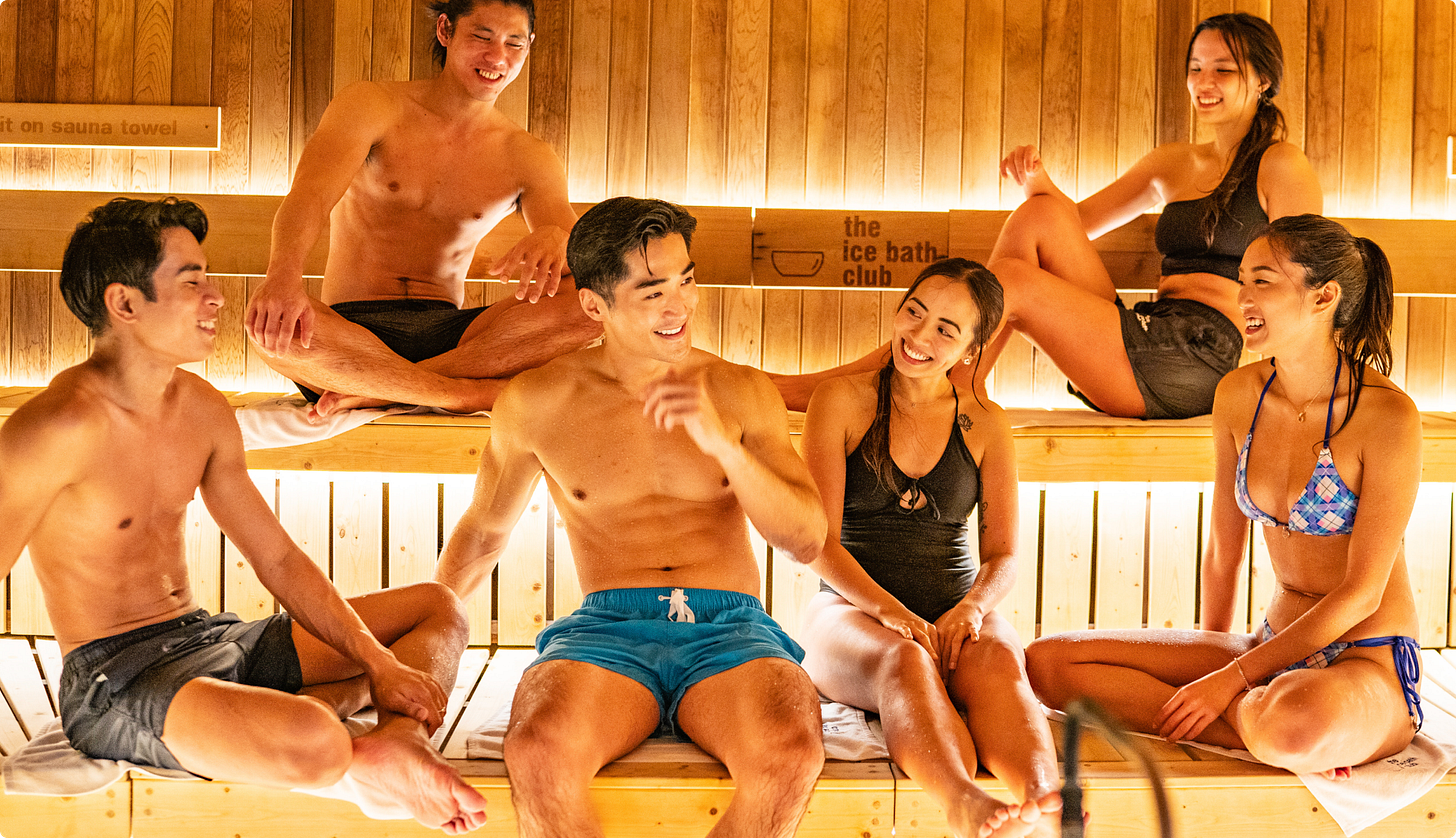Can Communities Make Longevity Scalable?
Longevity clinics are rising, but exclusivity can’t scale. Communities—runs, recovery groups, even WhatsApp tribes—may hold the answer. But can they become a viable business model? Let's find out.
Hi, I’m Shantanu. I run Xandro Lab, a longevity science brand in Singapore. Every Sunday, I write these notes to share what I’m learning—building businesses, testing protocols, and trying to make longevity real.
This space is my way of thinking out loud—sometimes about the science, sometimes about operations, often about the messy middle where the two collide. If you’ve been following, you know I’ve written on ingredients, protocols, diagnostics, performance, recovery, even culture. Today’s note is about something different: whether communities can make longevity scalable.
When people talk about longevity today, they often picture two things.
The first is longevity clinics — retreat-like, (sometimes) membership-driven, where you pay hundreds of thousands a year and get looked after by doctors, specialists, and high-tech diagnostics. These are structured program and often backed by the hospitality industry. They feel like the next iteration of luxury healthcare.
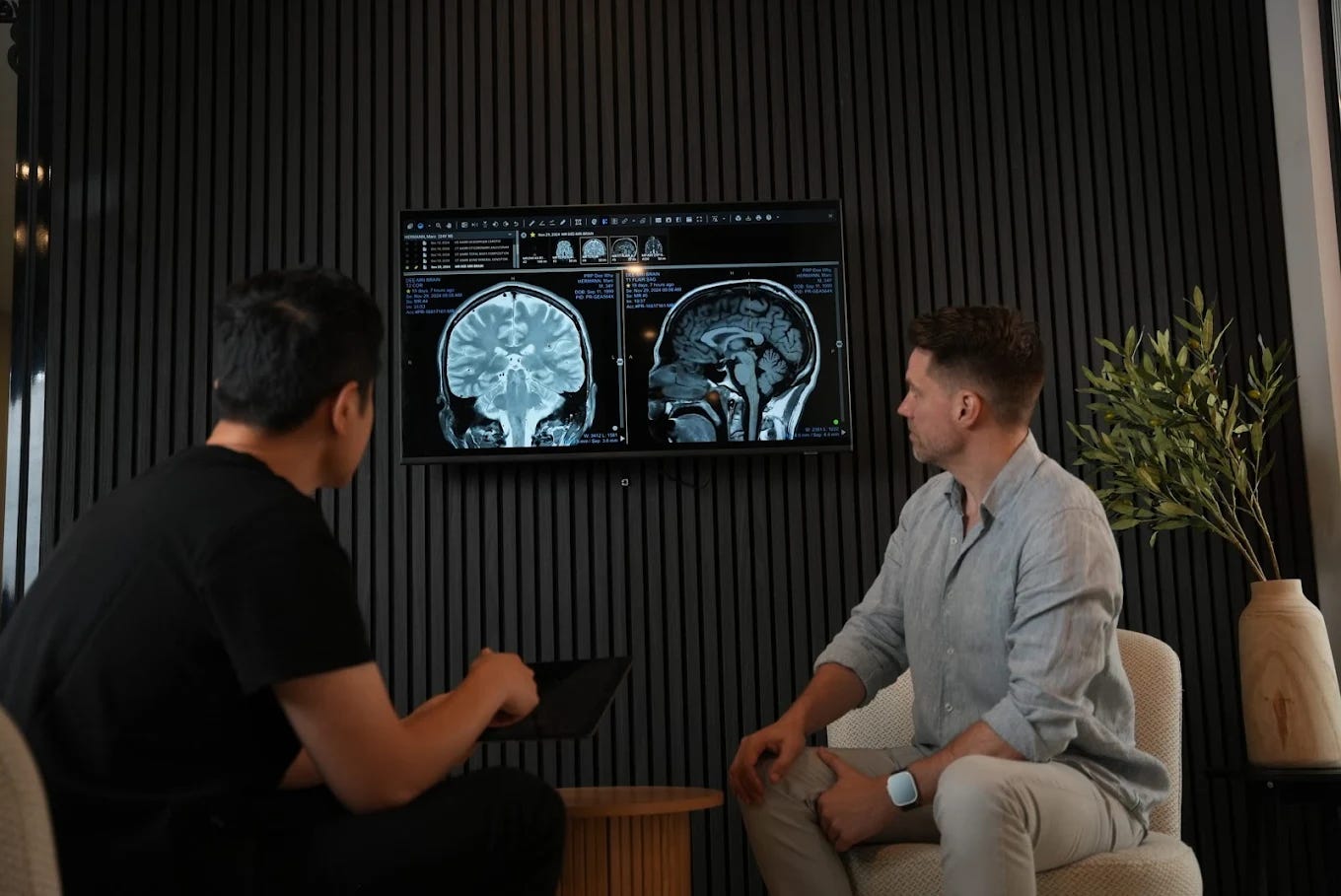
The second is supplements — bottles of NMN, Creatine, Taurine, Peptides, or all-in-one stacks promising to slow aging and boost performance. They are available online, retail stores, and they offer people a way into longevity without needing to step inside a clinic.
Both are valid. But both are narrow. Clinics are expensive, accessible to only a fraction of society. Supplements can scale, but they risk reducing longevity to pill-popping.
There’s another path that’s less explored. Community.
Community runs. Recovery clubs. Sleep workshops. Forums where strangers share blood test results and supplement stacks. These are not clinics. They are not products. They are ecosystems. They are culture.
The question is: can communities also be a business model for longevity? Let’s find out.
Here is today’s reading:
Clinics as a Business Model – Retreats, hospitality-driven memberships, and exclusivity.
Community as a Counter-Model – Runs, recovery, and open groups as culture builders.
Case Study: Don’t Die by Brian Johnson – WhatsApp groups, Summits, and lessons learned.
Why Community Matters Anyway – Cultural stickiness, normalization of new practices.
The Business Model Question – How community sustains itself financially.
The Scale Problem – Why size matters and how hub-and-spoke models work.
The Operator’s Dilemma – Brand-led vs. independent, authenticity vs. commercialization.
Closing Reflection – Community as the real unlock for longevity at scale.
1. The Longevity Clinic Model: Structured, Exclusive, Frontier-Oriented
One way longevity is being commercialized is through clinics and member clubs.
They resemble wellness resorts: beautifully designed, often backed by hoteliers or hospitality groups, offering memberships that run from USD 100,000 to 150,000 per year.
These clinics don’t just offer detailed biomarker testing or annual check-ups. Increasingly, they are positioning themselves as gateways to frontier science:
Gene therapies targeting muscle growth or metabolic pathways.
Hormone replacement therapy (HRT) for men and women seeking to maintain youthful physiology.
Plasma exchange and transfusions that have caught media attention as “young blood” experiments.
Regenerative medicine approaches: stem cells, peptides, tissue repair interventions.
For wealthy early adopters, this is the allure. Access to interventions that might be years — or decades — away from mainstream. The chance to experiment on the frontier of science.
But that allure is also what makes clinics feel exclusive, experimental, and sometimes hype-driven. In practice, they function as the luxury wing of longevity: structured, doctor-led, and aspirational, but accessible only to a tiny fraction of society.
Having said, clinics will lead the frontier with lot more trust and credibility than all other channels.
2. The Community Model: Accessible, Open, Cultural
The more accessible path is community. People come together, ask questions, interact, engage and understand things. It feels natural.
I’ve seen this firsthand. A cold plunge feels brutal alone, but joyful in a group. A run is easier when you know others are waiting. A sauna feels great with group of friends. A class of Reformer Pilates becomes fun with like-minded people. Longevity biomarkers and interventions become less intimidating with a group with shared goals.
Community is where culture forms. Practices that once seemed fringe — NAD+ supplementation, HRV tracking, plunging into ice baths — suddenly feel normal when you see others doing them.
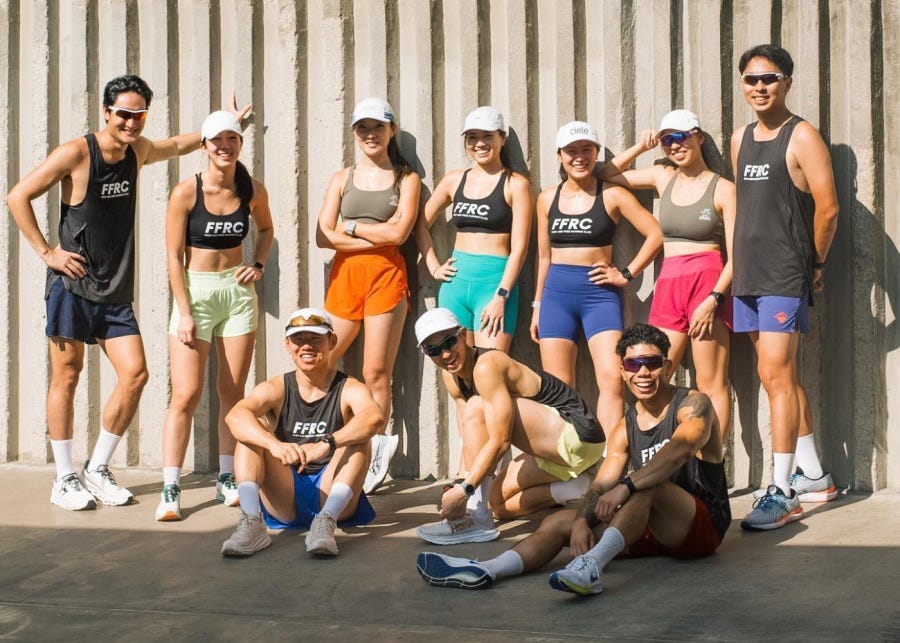
And unlike clinics, community is inclusive. It doesn’t require wealth. It doesn’t require exclusivity. It requires only a shared interest, a space (physical or digital), and a rhythm of activity. (Exclusive communities also exist)
There’s a limit, though. Communities can normalize cold plunges, sauna, NAD+, and sleep routines. But they cannot normalize gene therapy or plasma exchange — at least not yet. Those will remain in clinical settings until they’re safe, proven, and affordable.
That’s the key distinction: clinics push the frontier; communities scale the culture.
3. The Case of Don’t Die
Bryan Johnson’s Don’t Die movement is the clearest case study we have so far.
Two years ago, he spun up WhatsApp groups for anyone interested in his interventions, protocols, or just the broader idea of not dying. Almost every major city had one. People joined, people shared, people debated supplements, blood test results, and habits. I joined some of these groups myself.
It worked — in part. It created a base. It gave people a sense of belonging in a very new field. It connected strangers who cared about longevity.
And then came the Summits. This was the commercialization moment. Powered by the grassroots energy of those WhatsApp groups, Don’t Die Summits happened across the world. They were buzzy, well-attended, and the community played a big role in convincing people to show up. It was proof that you could build a distributed base, then monetize it through shared events.
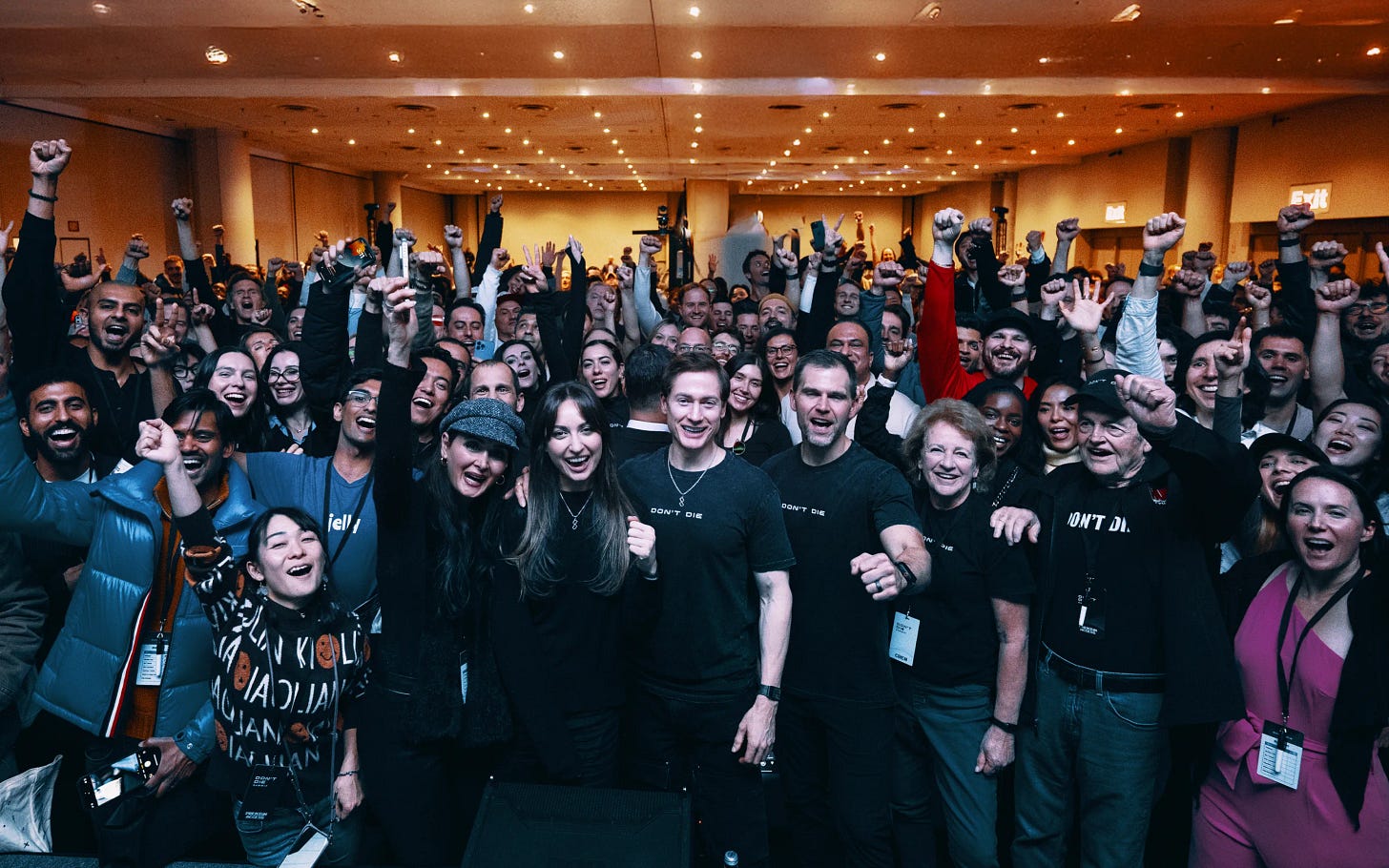
But here’s the other side: momentum didn’t sustain. Many groups went quiet. Without regular activation, discussions fizzled. When the next event comes, sure, the groups will light up again. But in between? Dormancy.
From an operator’s lens, this is both inspiring and sobering. Inspiring because it shows that community-first longevity can be commercialized. Sobering because it shows how fragile the model is if you don’t build consistency, scale, and systems.
Note - I am into Singapore Don’t Die groups. It is possible that US and Europe groups are lot more active considering their size and interest.
4. Why Community Matters Anyway
Even if fragile, I’d argue communities matter more than clinics. They’re cultural. And culture scales wider and faster than commercial endeavours.
Take Hyrox. It’s not positioned as longevity. It’s a hybrid endurance competition. But it has all the ingredients: cardiovascular fitness, strength, metabolic conditioning, recovery. It’s social. It’s competitive. And it’s growing globally.
Or cold plunge & sauna spaces in Singapore, Bali, New York. Or the hundreds of run clubs that are now a global fixture.
None of these call themselves longevity. But they are, in effect, building the cultural infrastructure for it. They normalize behaviors that extend healthspan.
This is why I believe community is not just a “nice to have.” It is the only way longevity can break out of exclusivity and become an everyday global culture.
Note - Some people call this a “hype”. I am in all-in for a hype that helps people live a better life.
5. The Business Model Question
But culture is not enough. Communities collapse without viable commercialisation.
The question is: how do we build communities that are financially viable, without losing authenticity? Here are some models I think about:
Brand-Backed (Nike Run Club model).
Brands pay to run communities. Cost per participant is often cheaper than online ads. It builds loyalty. But it risks being seen as “just marketing.”Freemium.
Free runs and open groups at the base. Premium offerings layered on: workshops, masterclasses, recovery memberships. Works only at scale.
This sounds great on paper, but I am yet to see good execution on this. Classpass is one example, but its not freemium.Partnerships.
Clinics, gyms, and supplement brands co-host events, each converting what’s relevant. A run leads to electrolyte sales, a workshop to supplement sales, a NAD+ test to deeper diagnostics.Memberships & Identity.
People pay to belong - to access perks and to signal identity. Imagine “The Protocol Club,” where membership brings access to events, discounts, or retreats. This leans on status economics. (this is something on my mind lately)
All of these can work. But all depend on one thing: scale.
6. The Scale Problem
Here’s the math:
A group of 100–200 people feels great. But at 5–10% conversion, you only get 10–20 paying members. That doesn’t sustain anything.
At 10,000–20,000 people, even a 5% conversion is 500–1,000 paying members. That sustains events, memberships, even infrastructure.
But physical attendance rarely scales beyond hundreds. Which means the real answer is hybrid:
Hub-and-spoke model. Local groups of 100–300 people.
Connected digitally under one umbrella mission.
Occasional big activations (summits, festivals) to unify and reignite.
This could keep the communities alive and thriving.
7. The Operator’s Dilemma
So where does that leave us? Open questions that are worth sitting with:
Should brands own these communities directly (Nike-style)?
Or should they seed them and let independent leaders carry them forward?
How do you balance authenticity with the need for commercialization? (What is authenticity really?)
And crucially: how do you decentralize while keeping alignment on mission?
My sense is that communities need to start branded — with structure, consistency, and resources — and then gradually decentralize. Brands plant the seeds, but independent leaders keep the rhythm alive.
I am slowly trying this out, and would like to do more. In fact, in 2026 my entire focus is to build and support communities across major cities.
8. Closing Reflection
Longevity is not a single industry. It’s many experiments happening at once — clinics, supplements, diagnostics, recovery, retreats, and now community-driven protocols. Some will thrive. Others will fade.
If we want longevity to move beyond exclusivity, community is the real unlock. It’s what makes practices visible, cultural, and scalable.
The challenge is designing business models around community that sustain them without suffocating them. Because a free community eventually collapses. And a purely commercialized one feels fake.
Clinics will always push the frontier — with therapies like gene editing, hormone replacement, and regenerative medicine. Communities, on the other hand, will spread the culture — cold plunges, sauna, supplements, better sleep, and performance protocols.
One day, some of today’s clinic-only interventions may filter into the community. Just as gyms and yoga once moved from luxury to mainstream. Until then, longevity clinics experiment. Communities normalize. And together, maybe they make longevity scalable.
Thanks for reading. I write these notes every Sunday — part operator’s log, part reflection, part experiment. If this sparked something, share it with a friend or reply with your thoughts. I’d love to hear what community means to you.
See you next week.
— Shan



